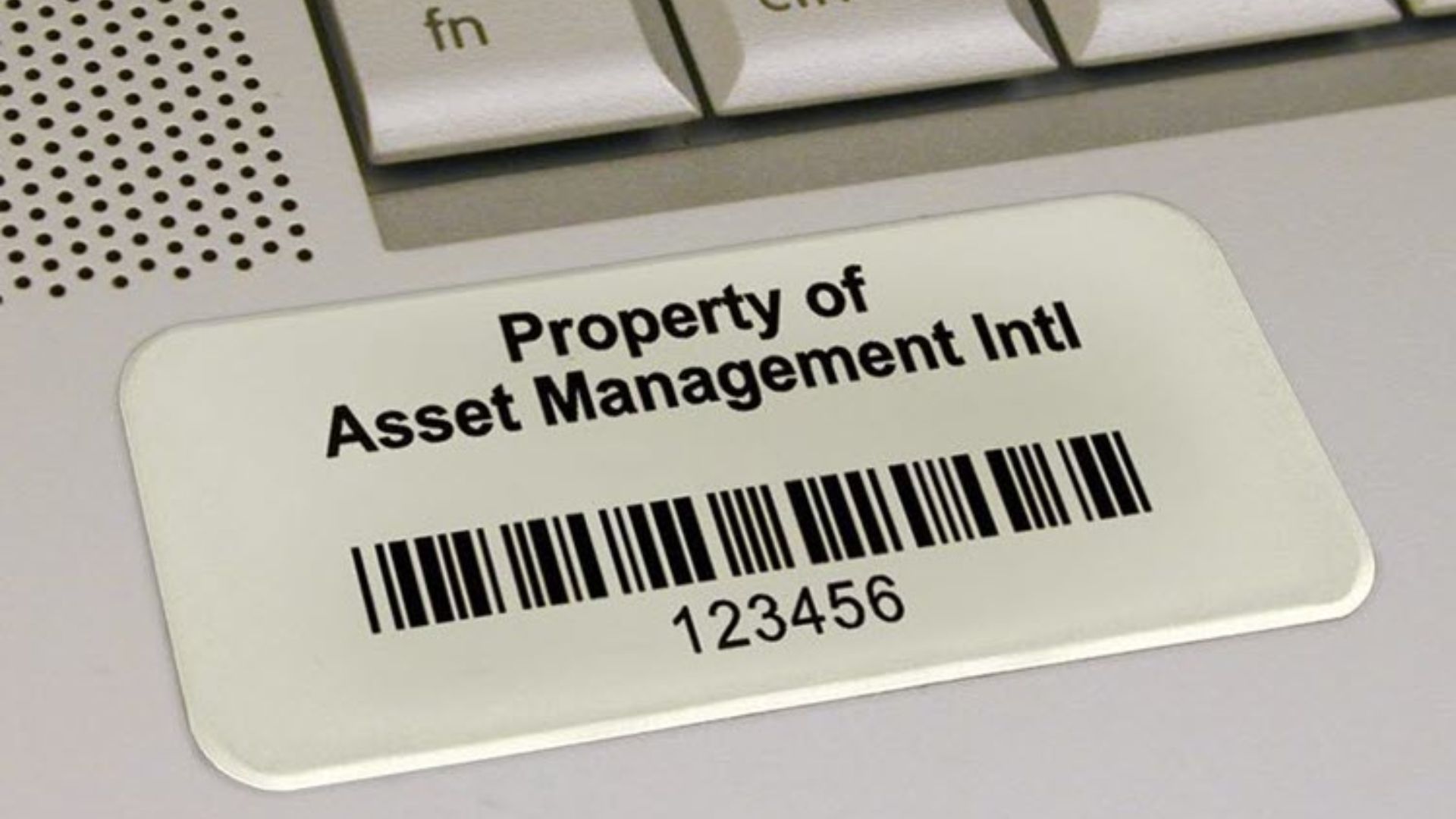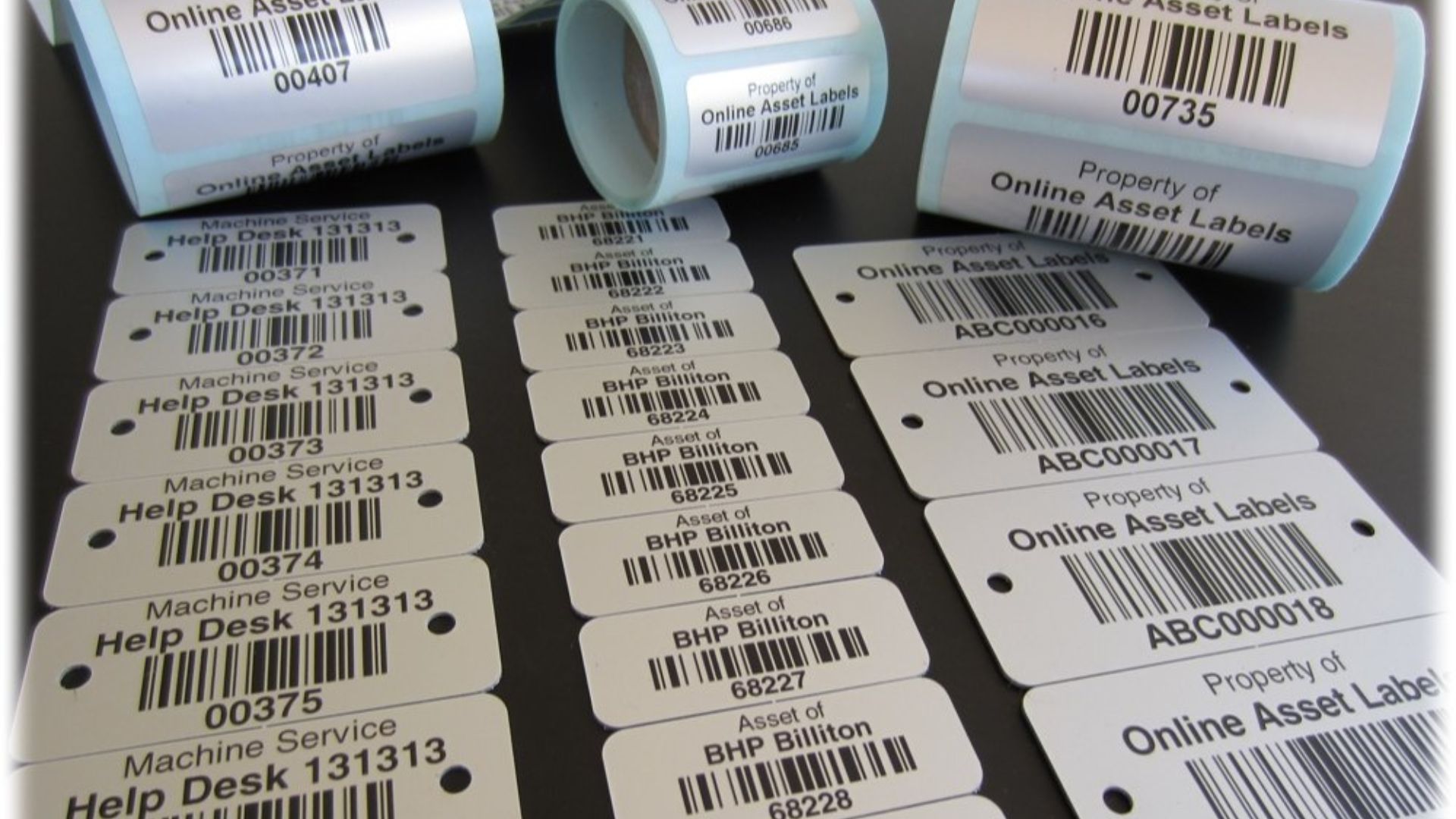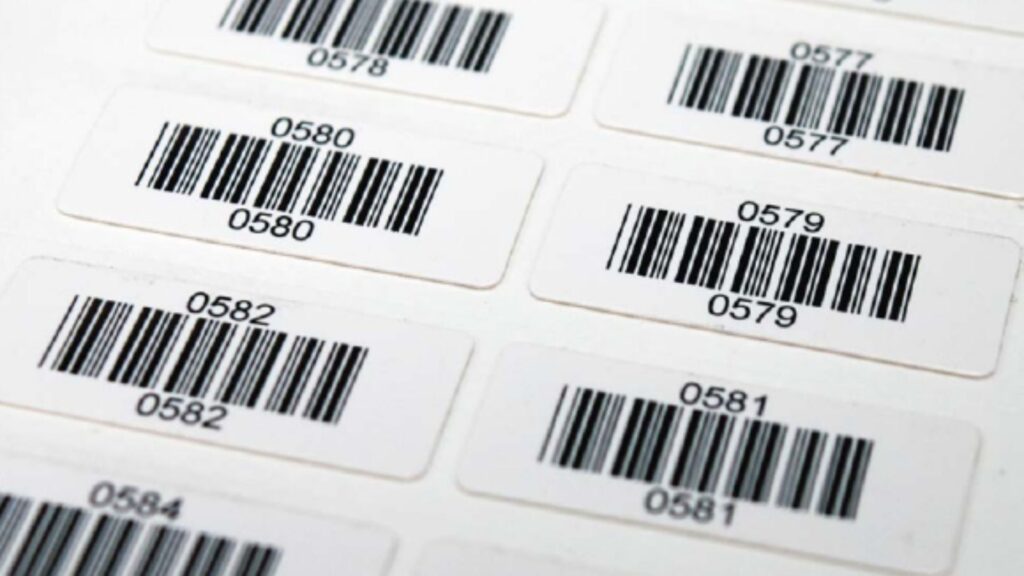Tagging for Success: How Asset Tags Improve Asset Management
An efficient asset management strategy is frequently essential to succeed within a complex network of operations. Asset Tags, an elementary and insignificant component, are crucial in streamlining the procedure. In this article, we look at the value of asset tags and the ways they aid in effective asset management. This will ensure organizations can track, manage, and maximize their precious assets.

-
Understanding Asset Tags: The Basics
Asset tags are identifiers or labels affixed to tangible assets ranging from office machinery to furniture, IT gadgets, and other equipment. The tags usually have a unique identifier, such as an as code or QR code, and essential details about the item. The primary objective is to develop a consistent and organized system for turning assets.
2. Streamlining Inventory Management
Asset tags act as the core of effective management of inventory. Companies can quickly catalogue and keep track of their list with the help of assigning a unique identification number to each asset. This is crucially important for environments with a lot of assistance, as the manual process could result in problems and errors. Tags for assets, once integrated into an asset management system that is robust, will provide you with real-time insight into every asset’s location, state, and usage history.
-
Improved Accuracy through Barcode or QR Code Tags
QR and barcode asset tags provide a whole new level of precision in asset management. When a handheld device or mobile application scans them, the titles give instant access to many details regarding the purchase. They speed up routine audits and checks on the asset’s condition and decrease the possibility of data entries being prone to errors. The ease and speed of scanning barcodes and QR codes make them essential tools for accurate asset tracking.
-
Improving Maintenance Schedules and Lifecycle Management
Asset tags are integral in optimizing maintenance schedules and ensuring the longevity of the assets. By recording the maintenance histories, service dates and warranty details in asset tags, organizations can plan maintenance tasks to reduce downtime and extend the useful life of their equipment. This proactive method of managing assets leads to substantial cost savings and the efficiency of operations.
-
Enhancing Security and Preventing Loss
Asset tags serve as an effective deterrent against theft and misuse that is not authorized. Assets that are clearly labelled will be less likely to be lost, and including distinctive identifiers for asset tags can make it simpler to track down missing or lost things. Alongside preventing theft, asset tags also contribute to an environment of accountability within the company, avoiding using or misusing assets.
-
Facilitating Compliance and Audits
For industries where regulation compliance is a must, asset tags can be crucial to facilitating audits while ensuring conformity to guidelines. The ability to rapidly and precisely locate and confirm assets makes auditing easier, reducing the duration and resources needed to conduct compliance audits. Tags for assets that contain embedded information aid organizations in demonstrating responsibility and conformity to the regulatory agencies.

Conclusion: The Power of Precision in Asset Management
As a result, asset tags are among the undiscovered icons of asset management and provide businesses with the equipment they require to attain efficiency and precision. Asset tags are crucial for efficient asset tracking by streamlining inventory management to improve security, encouraging the compliance process, and taking advantage of new technologies such as RFID. By recognizing their value and including them in their asset management strategy, companies can achieve greater productivity, accountability, and cards in managing their precious help.
An efficient asset management strategy is frequently essential to succeed within a complex network of operations. Asset Tags, an elementary and insignificant component, are crucial in streamlining the procedure. In this article, we look at the value of asset tags and the ways they aid in effective asset management. This will ensure organizations can track, manage, and maximize their precious assets.

-
Understanding Asset Tags: The Basics
Asset tags are identifiers or labels affixed to tangible assets ranging from office machinery to furniture, IT gadgets, and other equipment. The tags usually have a unique identifier, such as an as code or QR code, and essential details about the item. The primary objective is to develop a consistent and organized system for turning assets.
2. Streamlining Inventory Management
Asset tags act as the core of effective management of inventory. Companies can quickly catalogue and keep track of their list with the help of assigning a unique identification number to each asset. This is crucially important for environments with a lot of assistance, as the manual process could result in problems and errors. Tags for assets, once integrated into an asset management system that is robust, will provide you with real-time insight into every asset’s location, state, and usage history.
-
Improved Accuracy through Barcode or QR Code Tags
QR and barcode asset tags provide a whole new level of precision in asset management. When a handheld device or mobile application scans them, the titles give instant access to many details regarding the purchase. They speed up routine audits and checks on the asset’s condition and decrease the possibility of data entries being prone to errors. The ease and speed of scanning barcodes and QR codes make them essential tools for accurate asset tracking.
-
Improving Maintenance Schedules and Lifecycle Management
Asset tags are integral in optimizing maintenance schedules and ensuring the longevity of the assets. By recording the maintenance histories, service dates and warranty details in asset tags, organizations can plan maintenance tasks to reduce downtime and extend the useful life of their equipment. This proactive method of managing assets leads to substantial cost savings and the efficiency of operations.
-
Enhancing Security and Preventing Loss
Asset tags serve as an effective deterrent against theft and misuse that is not authorized. Assets that are clearly labelled will be less likely to be lost, and including distinctive identifiers for asset tags can make it simpler to track down missing or lost things. Alongside preventing theft, asset tags also contribute to an environment of accountability within the company, avoiding using or misusing assets.
-
Facilitating Compliance and Audits
For industries where regulation compliance is a must, asset tags can be crucial to facilitating audits while ensuring conformity to guidelines. The ability to rapidly and precisely locate and confirm assets makes auditing easier, reducing the duration and resources needed to conduct compliance audits. Tags for assets that contain embedded information aid organizations in demonstrating responsibility and conformity to the regulatory agencies.
Conclusion: The Power of Precision in Asset Management
As a result, asset tags are among the undiscovered icons of asset management and provide businesses with the equipment they require to attain efficiency and precision. Asset tags are crucial for efficient asset tracking by streamlining inventory management to improve security, encouraging the compliance process, and taking advantage of new technologies such as RFID. By recognizing their value and including them in their asset management strategy, companies can achieve greater productivity, accountability, and cards in managing their precious help.


Comments are closed.